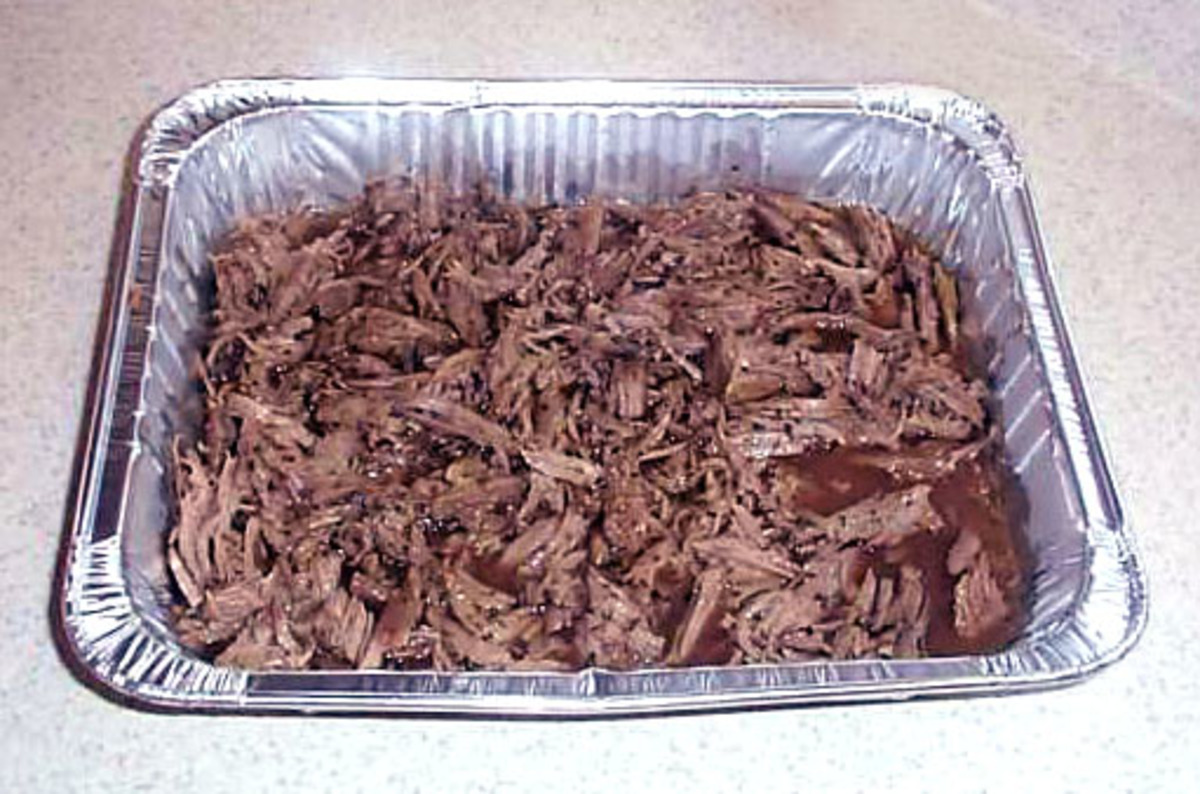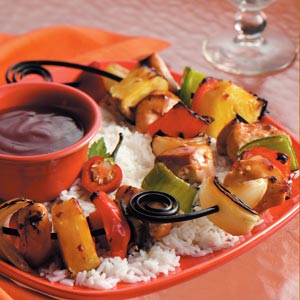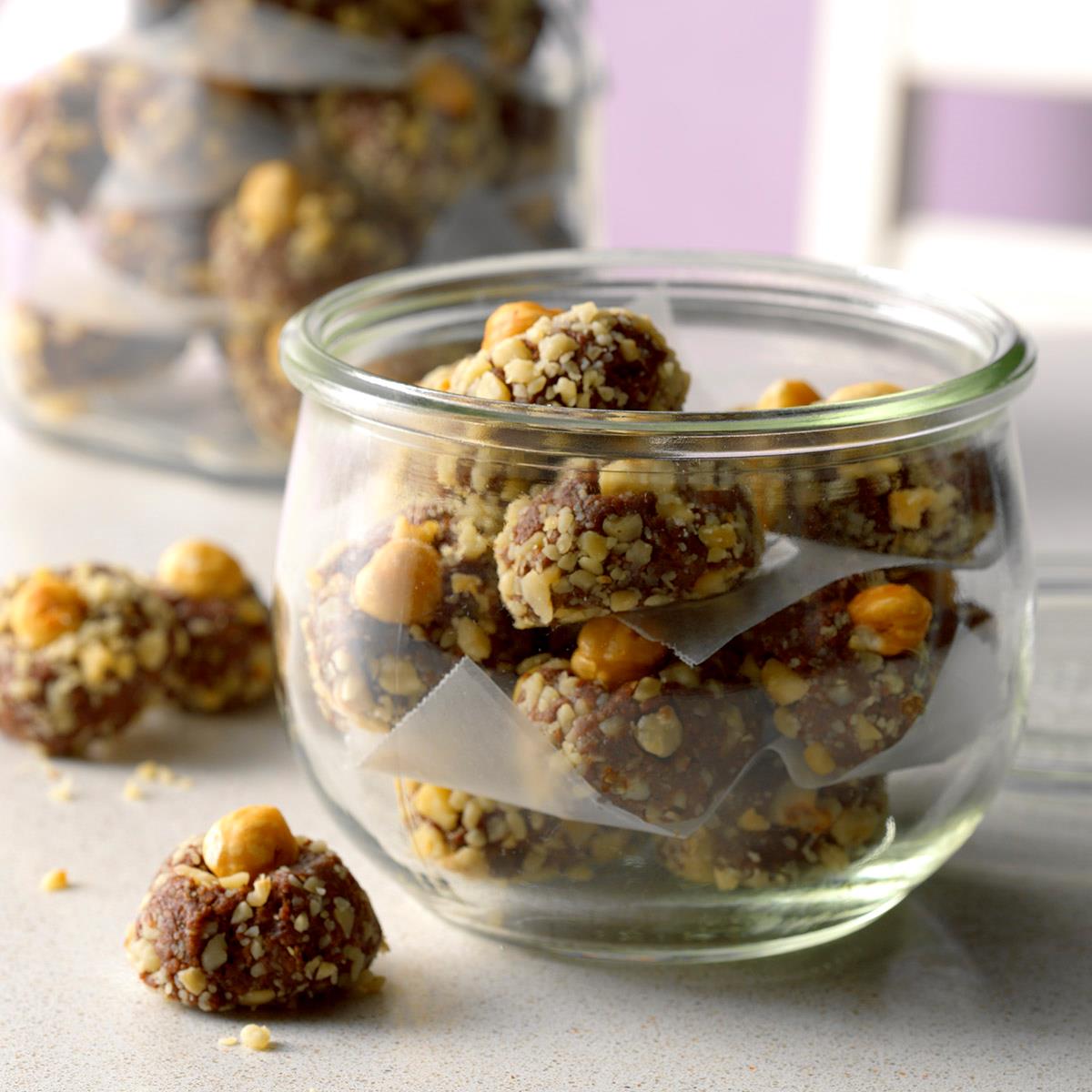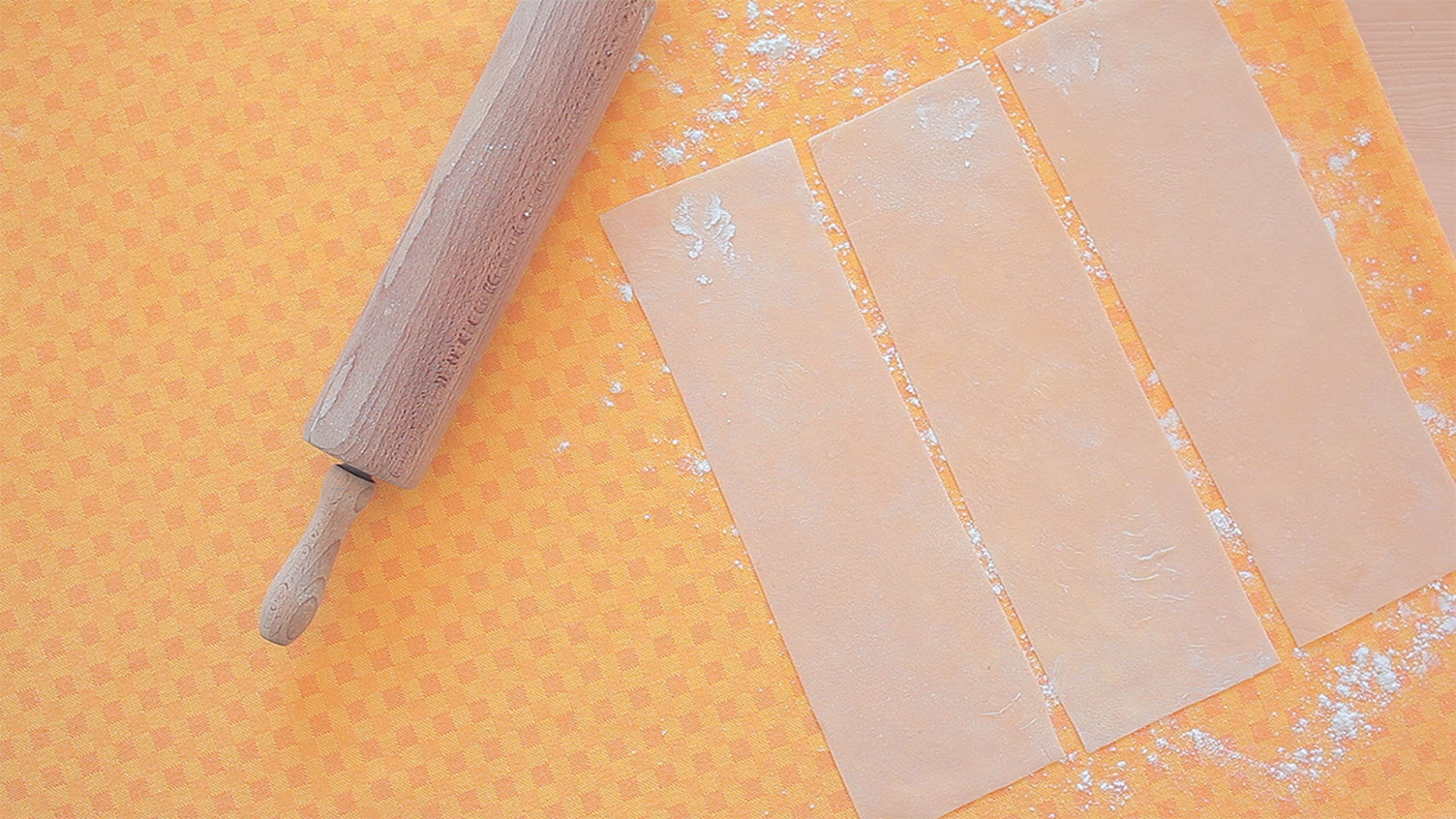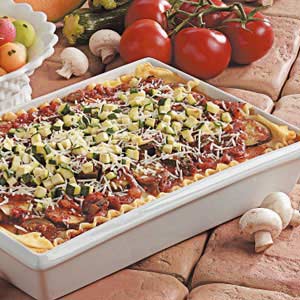Indulge in the delectable Pound Cake, a classic dessert with a rich history dating back to the 17th century. This iconic cake is renowned for its dense, moist crumb and subtly sweet flavor, making it a timeless favorite. Our curated collection of recipes offers variations of this classic treat, catering to diverse preferences and dietary needs. Whether you desire a traditional, gluten-free, or vegan version, we have the perfect recipe for you. Embark on a culinary journey and discover the secrets to creating an unforgettable Pound Cake that will tantalize taste buds and leave you craving for more.
Here are our top 2 tried and tested recipes!
GOOD EATS POUND CAKE - ALTON BROWN

Transcribed from the 10/26/09 episode. Slow-churned European style butters have smaller butterfat crystals, which leads to smaller, finer bubbles and a finer texture in the finished cake, so splurge on the expensive butter for this! Be sure to use cake flour, not all-purpose; the finer particle size, the lower protein and the bleaching all lead to a better, more tender texture in the final cake.
Provided by DrGaellon
Categories Dessert
Time 1h15m
Yield 16 serving(s)
Number Of Ingredients 8
Steps:
- Preheat oven to 350°F Liberally butter two 9x5 loaf pans, or one 9" tube pan. Add the flour and coat all surfaces (if using loaf pans, simply place one on top of the other and shake vigorously). Discard any excess flour.
- Warm the butter to 65-70F (about 3 hours at room temperature). Place sugar and butter in the work bowl of a stand mixer fitted with the paddle attachment (placing the butter on top of the sugar helps keep it from flying all over your kitchen). Mix on medium for a full 5 minutes.
- With the mixer turned down to low, add eggs one at a time, waiting 20-30 seconds after each addition, until the egg is fully incorporated and emulsified before adding the next. Add vanilla and salt.
- With the mixer still on low, add 1/3 of the flour. Mix until the flour is completely incorporated. Scrape down the sides of the bowl and add the next 1/3 of the flour. When that's fully incorporated, scrape down again and add the last of the flour. When fully incorporated, scrape down a third time, then beat on medium for 30 seconds.
- Using a scale, pour 2 lbs of batter into each loaf pan (or pour the whole thing into the tube pan). Smooth the top lightly; it doesn't need to be perfect. Bake about 1 hour, until the internal temperature is 210F and the cakes are golden-brown.
- Place the cakes, in their pans, on a cooling rack for 10 minutes. Remove from pans and place bake on rack for at least another 10 minutes. Store loosely wrapped in a towel at room temperature for up to 3 days, or slice and freeze for up to 3 months. (It's very good toasted, right out of the freezer; one cycle thaws, and another toasts.).
GOOD EATS POUND CAKE LIGHT - ALTON BROWN

Transcribed from the 10/26/09 episode. Slow-churned European style butters have smaller butterfat crystals, which leads to smaller, finer bubbles and a finer texture in the finished cake, so splurge on the expensive butter for this! Be sure to use cake flour, not all-purpose; the finer particle size, the lower protein and the bleaching all lead to a better, more tender texture in the final cake. Substituting buttermilk for some of the eggs and butter lightens the cake, lowers the fat and calories, and adds a tangy note; Alton recommends whole buttermilk, not low-fat or non-fat. It's technically not a pound cake anymore, but we won't quibble with such good eats.
Provided by DrGaellon
Categories Dessert
Time 1h45m
Yield 16 serving(s)
Number Of Ingredients 13
Steps:
- Preheat oven to 375°F Liberally butter two 9x5 loaf pans, or one 9" tube pan. Add the flour and coat all surfaces (if using loaf pans, simply place one on top of the other and shake vigorously). Discard any excess flour.
- Warm the butter to 65-70F (about 3 hours at room temperature). Place sugar and butter in the work bowl of a stand mixer fitted with the paddle attachment (placing the butter on top of the sugar helps keep it from flying all over your kitchen). Mix on medium for a full 6 minutes.
- With the mixer turned down to low, add eggs one at a time, waiting 20-30 seconds after each addition, until the egg is fully incorporated and emulsified before adding the next. Add vanilla and salt. Beat on medium for 30 seconds, then return to low.
- Add 1/3 of the flour. Mix until the flour is completely incorporated, then add half the buttermilk and mix until combined. Scrape down the sides of the bowl and add the next 1/3 of the flour. When that's fully incorporated, add the remaining buttermilk and mix until incorporated. Scrape down again and add the last of the flour. When fully incorporated, scrape down a third time, then beat on medium for 30 seconds.
- Using a scale, pour 2 lbs of batter into each loaf pan (or pour the whole thing into the tube pan). Smooth the top lightly; it doesn't need to be perfect. Bake about 1 hour, until the internal temperature is 210°F and the cakes are golden-brown.
- Place the cakes, in their pans, on a cooling rack for 10 minutes. Remove from pans and place bake on rack for at least another 10 minutes.
- Meanwhile, combine zest, juice and salt in a small bowl. Whisk in the confectioner's sugar, a few tablespoons at a time, until it resembles a very thick milk. Place cake on a cooling rack set over a baking sheet (to catch any spills), then pour the glaze over the cakes, allowing gravity to pull the glaze down over the sides. Let the glaze harden 30 minutes before slicing.
Nutrition Facts : Calories 441.7, Fat 18.9, SaturatedFat 11.4, Cholesterol 99.2, Sodium 220.5, Carbohydrate 64.2, Fiber 0.6, Sugar 39.8, Protein 4.9
Tips:
- Use high-quality ingredients. The better the ingredients, the better the cake will be.
- Make sure all of your ingredients are at room temperature before you start baking. This will help the cake to rise evenly.
- Cream the butter and sugar together until they are light and fluffy. This will help to incorporate air into the cake, making it lighter and more tender.
- Gradually add the eggs to the butter and sugar mixture, one at a time, beating well after each addition. This will help to prevent the cake from curdling.
- Sift the flour before you add it to the cake batter. This will help to remove any lumps and ensure that the cake is light and airy.
- Do not overmix the cake batter. Overmixing can make the cake tough.
- Bake the cake in a preheated oven. This will help to ensure that the cake rises evenly.
- Test the cake for doneness by inserting a toothpick into the center. If the toothpick comes out clean, the cake is done.
- Allow the cake to cool completely before serving. This will help to prevent the cake from falling apart.
Conclusion:
Pound cake is a classic dessert that is perfect for any occasion. It is easy to make and can be dressed up or down depending on the occasion. With a few simple tips, you can make a pound cake that is light, fluffy, and delicious. So next time you are looking for a dessert to make, give pound cake a try. You won't be disappointed!
Are you curently on diet or you just want to control your food's nutritions, ingredients? We will help you find recipes by cooking method, nutrition, ingredients...
Check it out »
You'll also love




